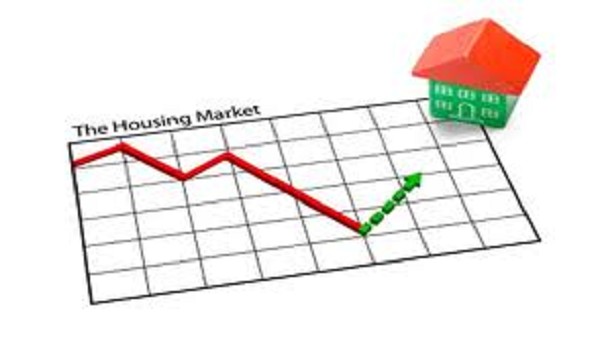HOUSING RECOVERY ON! Home Prices Driving Consumer Spending, Says Report
|
||||||||||
| Printer Friendly Story View |

After six years of declining sales and falling prices that wiped $7 trillion from the value of housing assets, a turning point has been reached.
The worst is over for the U.S. housing market!
After six years of declining sales and falling prices that wiped $7 trillion from the value of housing assets, a turning point has been reached.
The Demand Institute (a new research organization) sees average prices rising by up to 1 percent in the second half of 2012 (in seasonally adjusted terms), marking the start of a housing recovery.
As the market revives, so will consumer spending: the business of building, buying, and selling homes generates enormous expenditure in a wide range of industries, including those associated with the transaction, those that produce goods and services for the home itself, and those that provide goods and services in the neighborhood around the home.
This housing recovery will be different in nature from previous recoveries because it will be shaped by new market conditions and expectations. This report explains those differences and the various ways in which they impact consumer demand.
This will be a two-stage recovery. Seasonally adjusted average house prices will increase by up to 1 percent in the second half of 2012, rising to an annual rate of increase of 2.5 percent by 2014. Between 2015 and 2017, they will rise by 3 to 3.5 percent -- it will be a two-stage recovery.
The recovery will be led by demand from buyers for rental properties, rather than, as in previous cycles, demand from buyers acquiring properties for themselves. More than 50 percent of those planning to move in the next two years say they intend to rent.
Young people -- who were particularly hard hit by the recession -- and immigrants will lead the demand for rental properties.
Developers and investors will fulfill this demand: developers by building multifamily homes for rent (that is, buildings containing two or more units, such as apartment blocks or townhouses), and investors by buying foreclosed single-family properties for the same purpose.
Rental demand will help to clear the huge oversupply of existing homes for sale. In 2011, some 14 percent of all housing units were vacant, while almost 13 percent of mortgages were in foreclosure or delinquent -- increases of 12 and 129 percent respectively over 2005 levels. It will take two to three years for this oversupply to be cleared, and at that point home ownership rates will rise and return to historical levels. More than 70 percent of those planning to move three to five years from now say they intend to purchase their home.
The housing market recovery will not be uniform across the country. Some states will see annual price gains of 5 percent or more. Others will not recover for many years. The deciding factors will include the level of foreclosed inventory and rates of unemployment.
There will also be vast differences within states. Here, additional factors count, such as whether local amenities, including access to public transport, are within walking distance of homes. By examining seven factors that influence house prices at a local level, the report identifies four categories of cities and towns in which prices will behave differently (population share in parentheses):
Resilient Walkables (~15%)
Slow and Steady (~35%)
Damaged but Hopeful (~30%)
Weighed Down (~20%)
We predict that each category will demonstrate a distinct pace and strength of price recovery. The Resilient Walkables are likely to lead the way with strong, early growth, while the Weighed Down will trail behind with slower and slighter price growth than the national average.
The Demand Institute is a non-advocacy, non-profit organization and a division of The Conference Board, which holds 501(c)(3) tax-exempt status in the United States.
The Demand Institute is jointly operated by The Conference Board and Nielsen. Our headquarters is in New York City, with a presence in Beijing, Brussels, Chicago, Hong Kong, Mumbai, Singapore and Washington, D.C. For more information, visit demandinstitute.org ###
| Printer Friendly Story View |
|
|

Dave Rogers |
|
|
|
Printer-Friendly Story View
0200 Nd: 04-21-2024 d 4 cpr 0
12/31/2020 P3v3-0200-Ad.cfm
SPONSORED LINKS
12/31/2020 drop ads P3v3-0200-Ad.cfm


